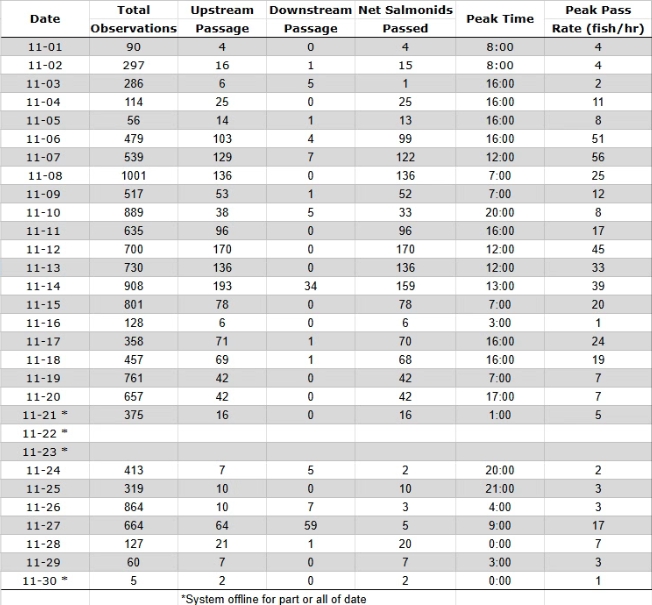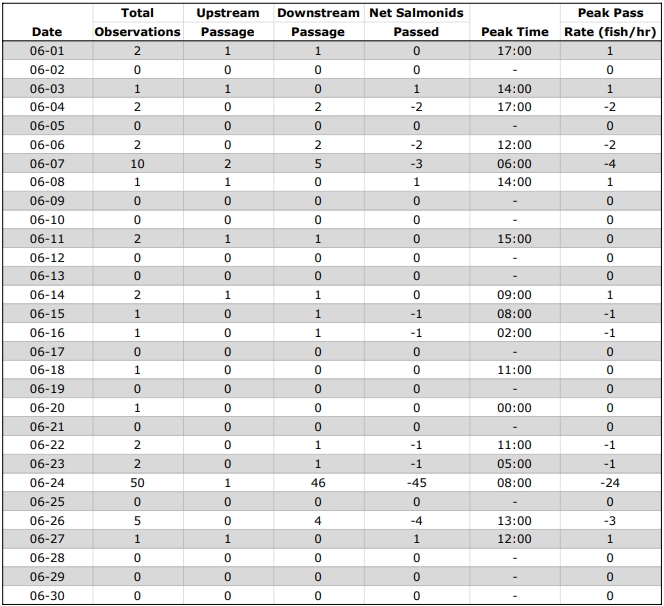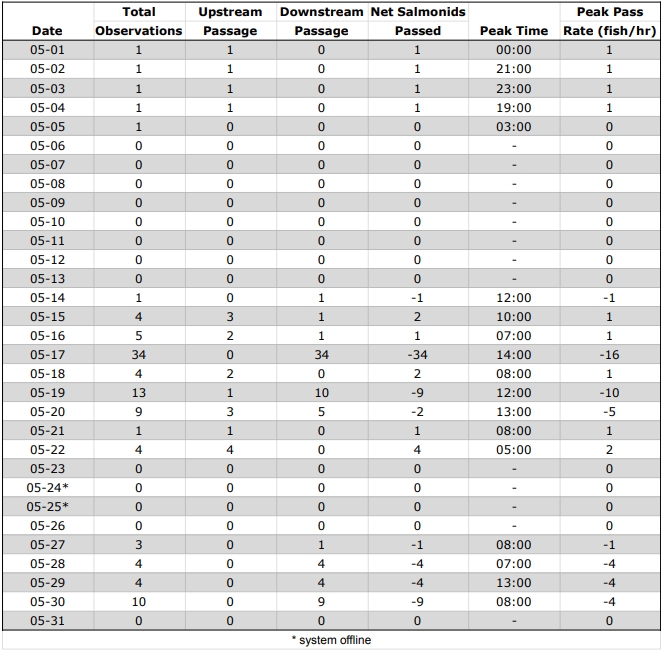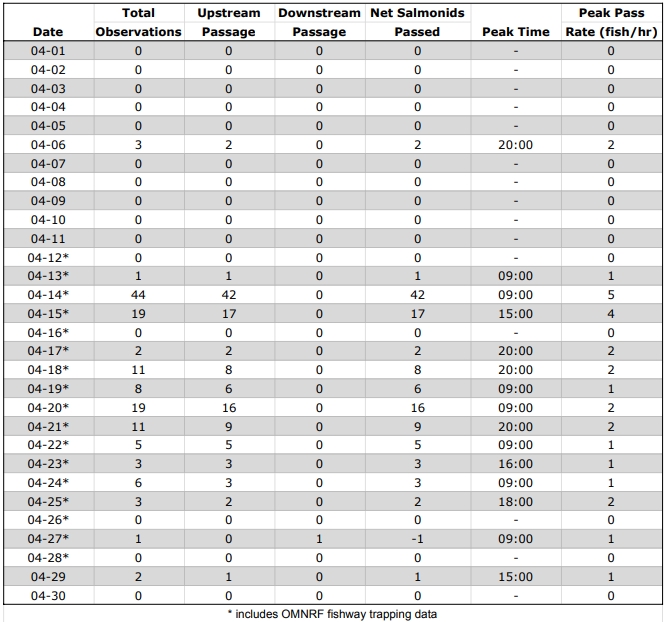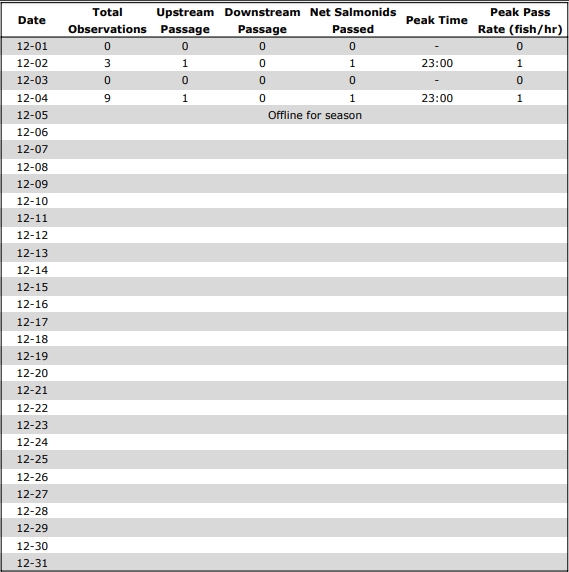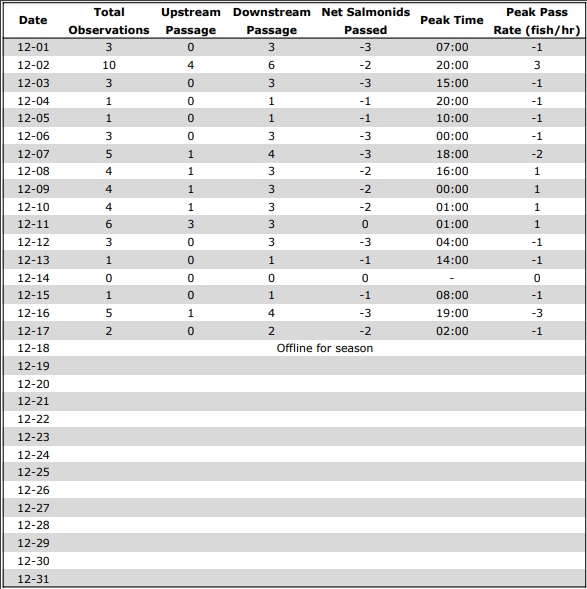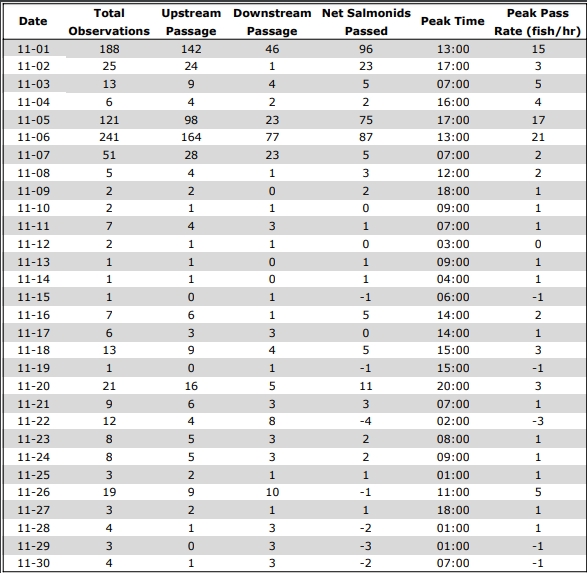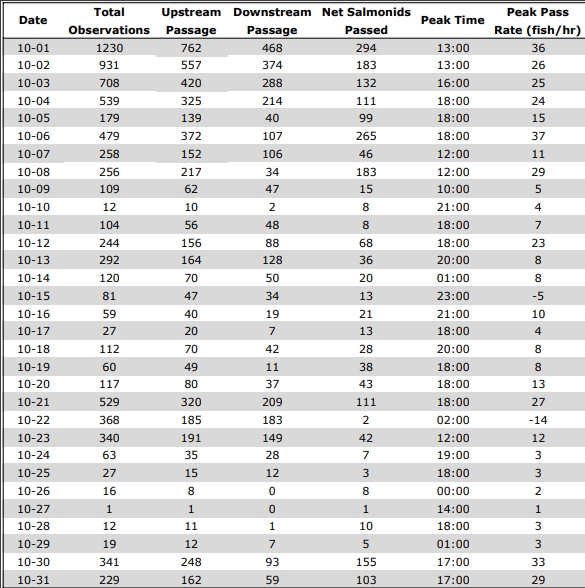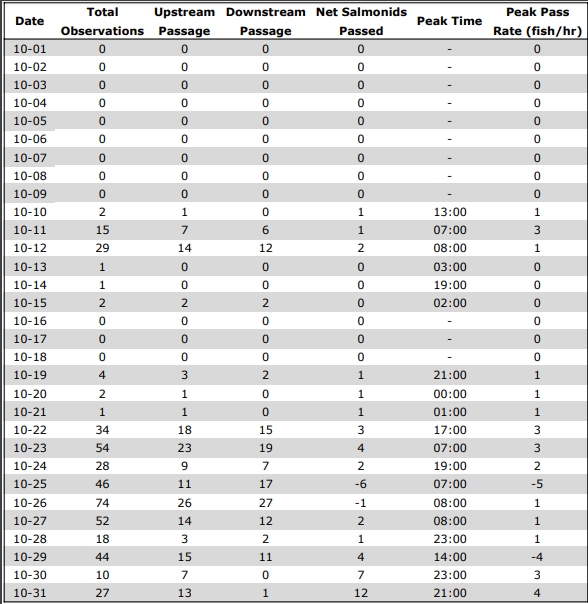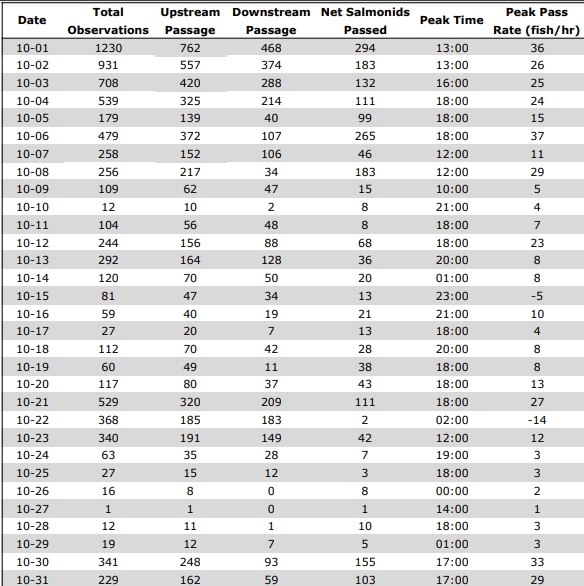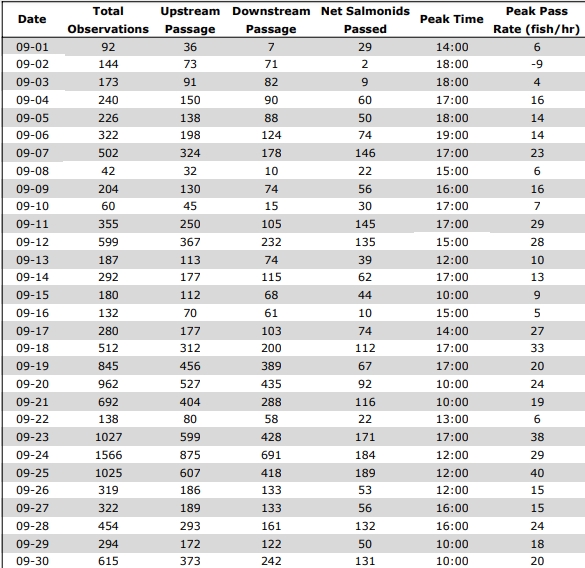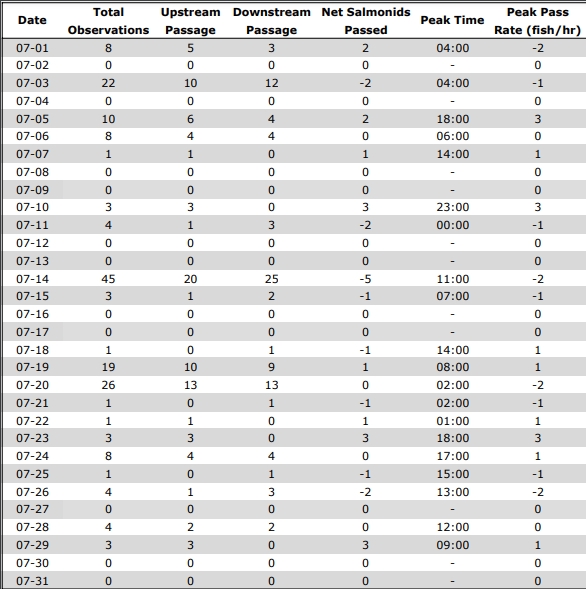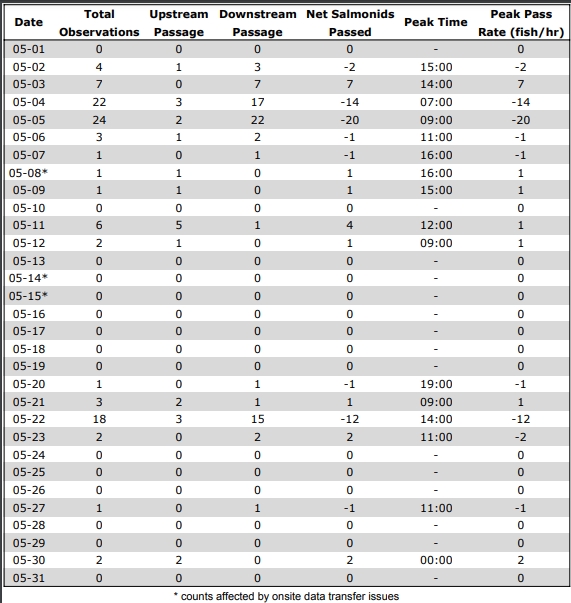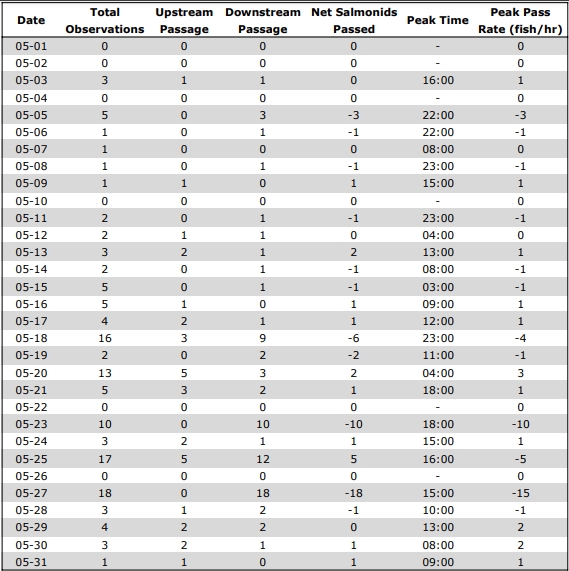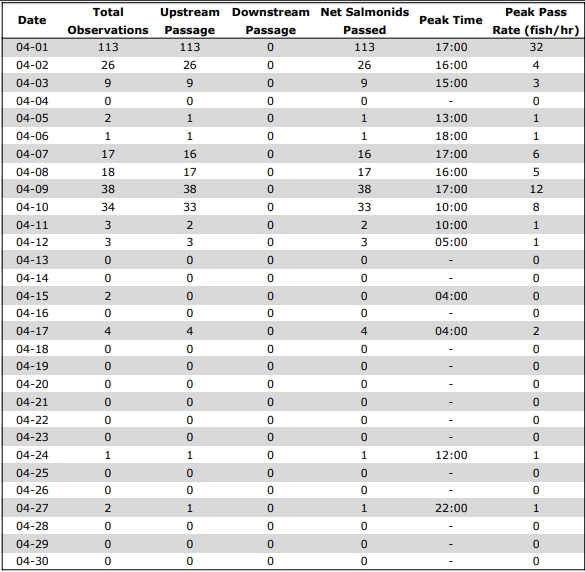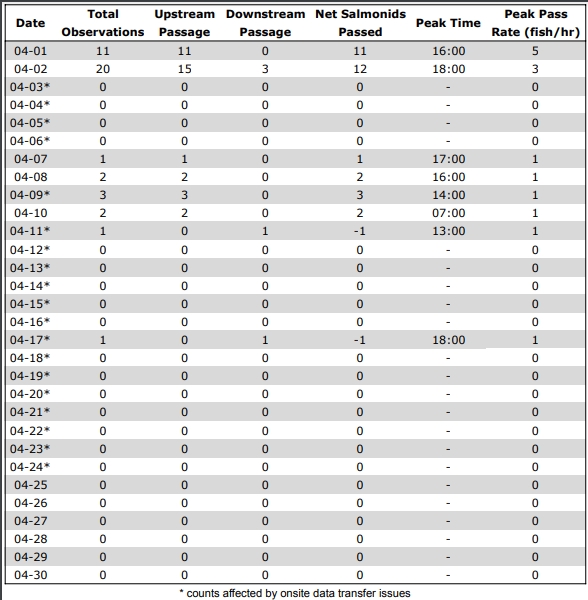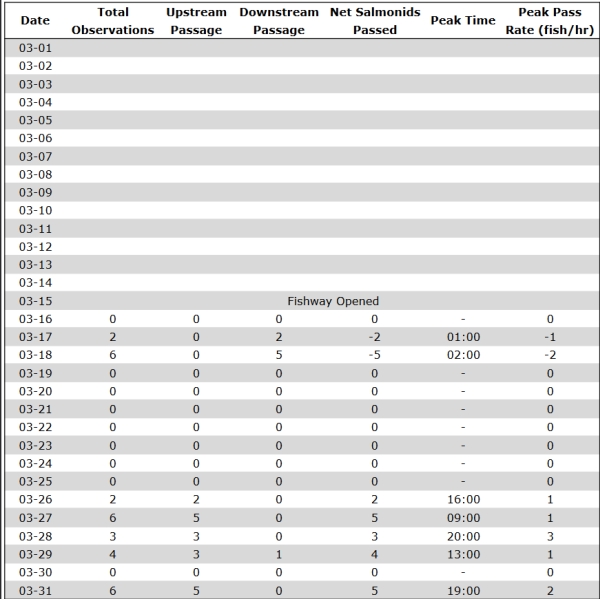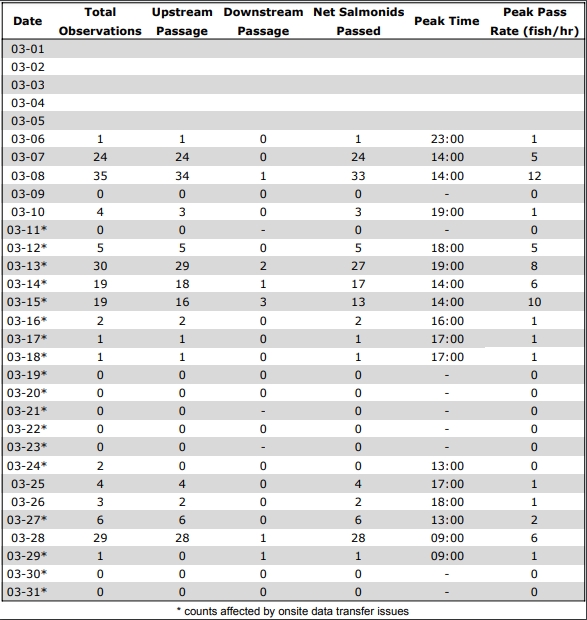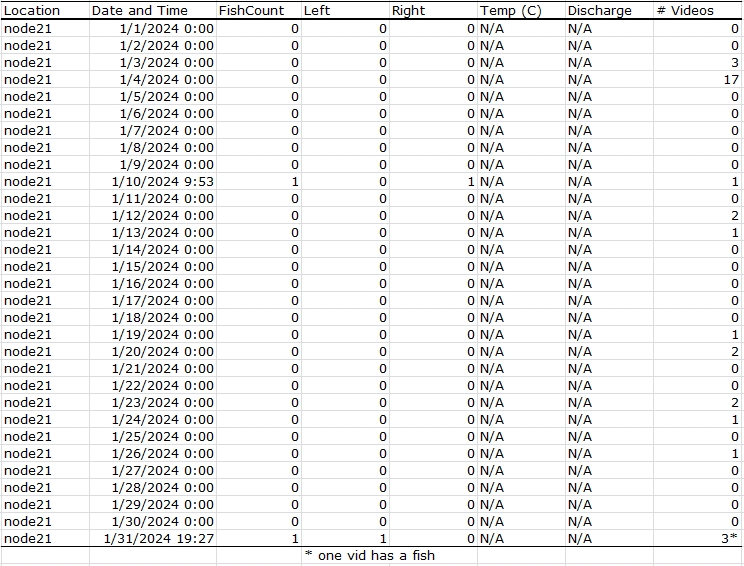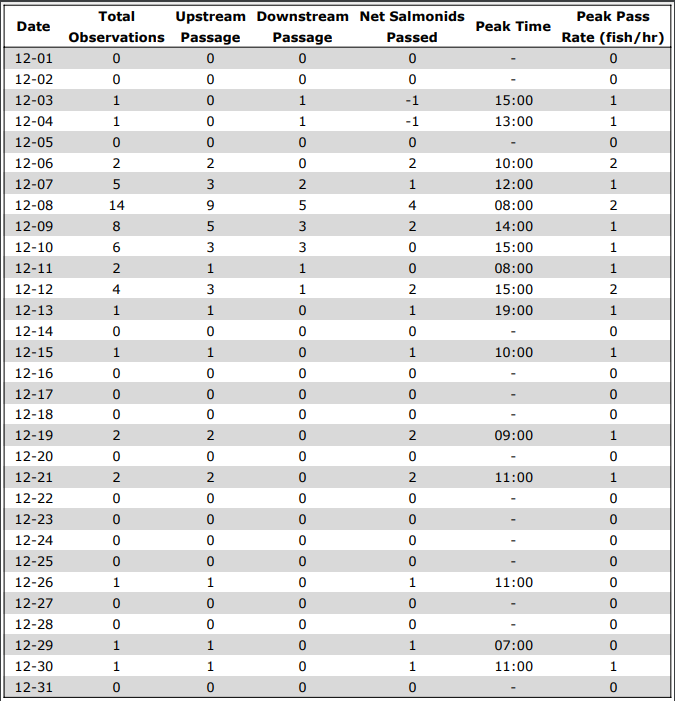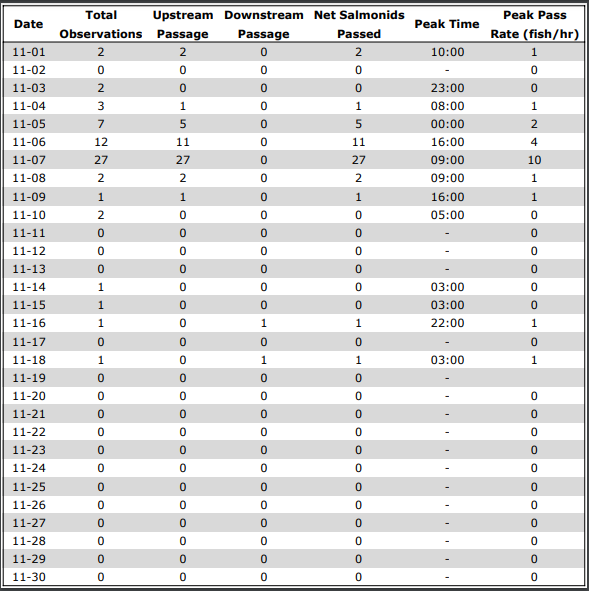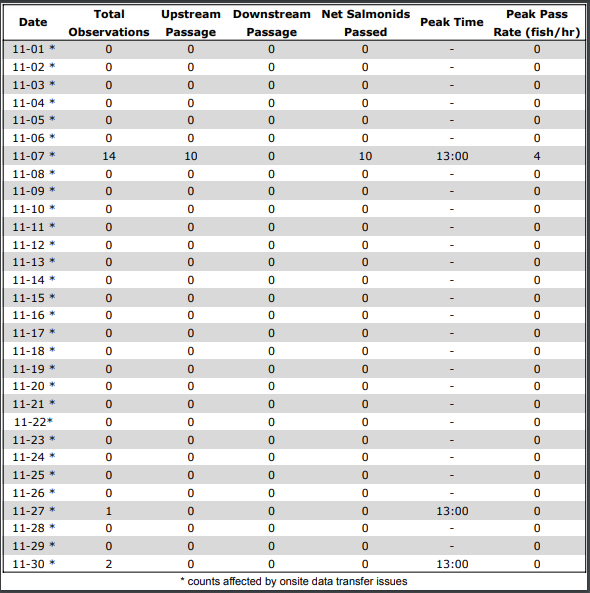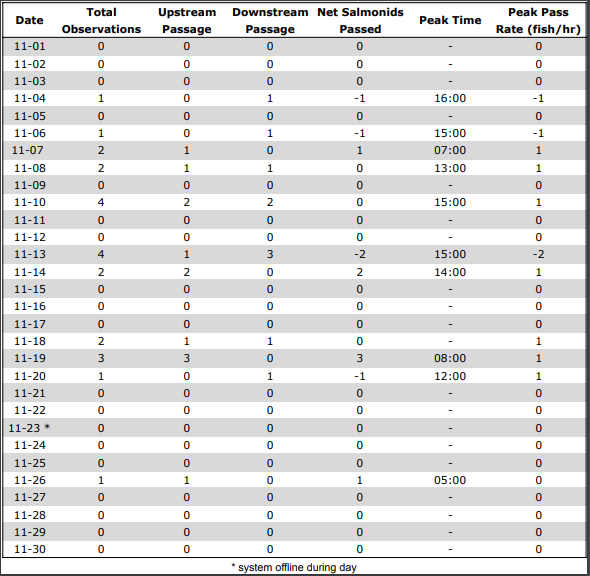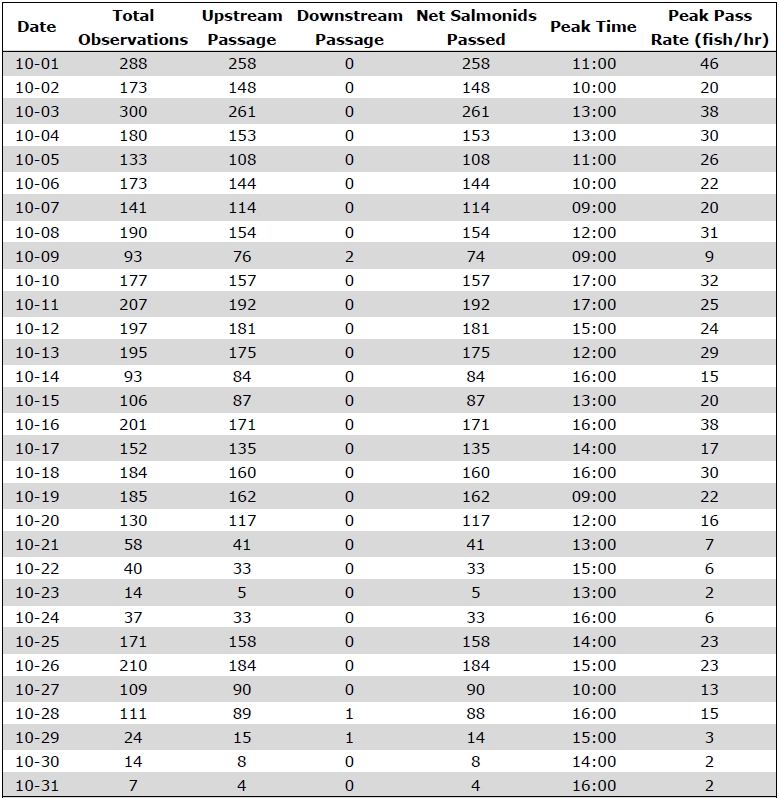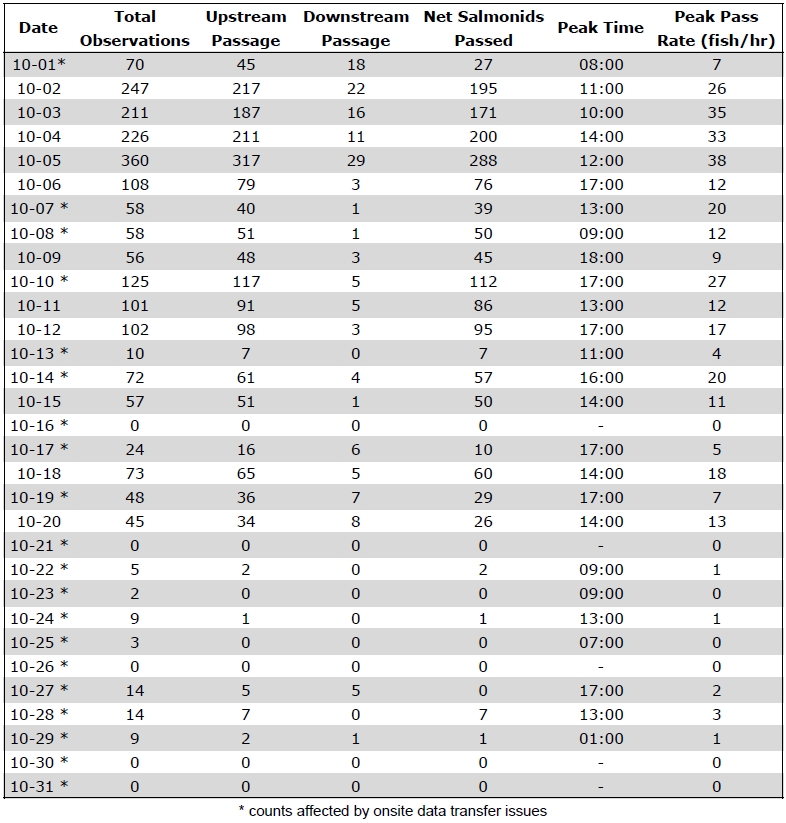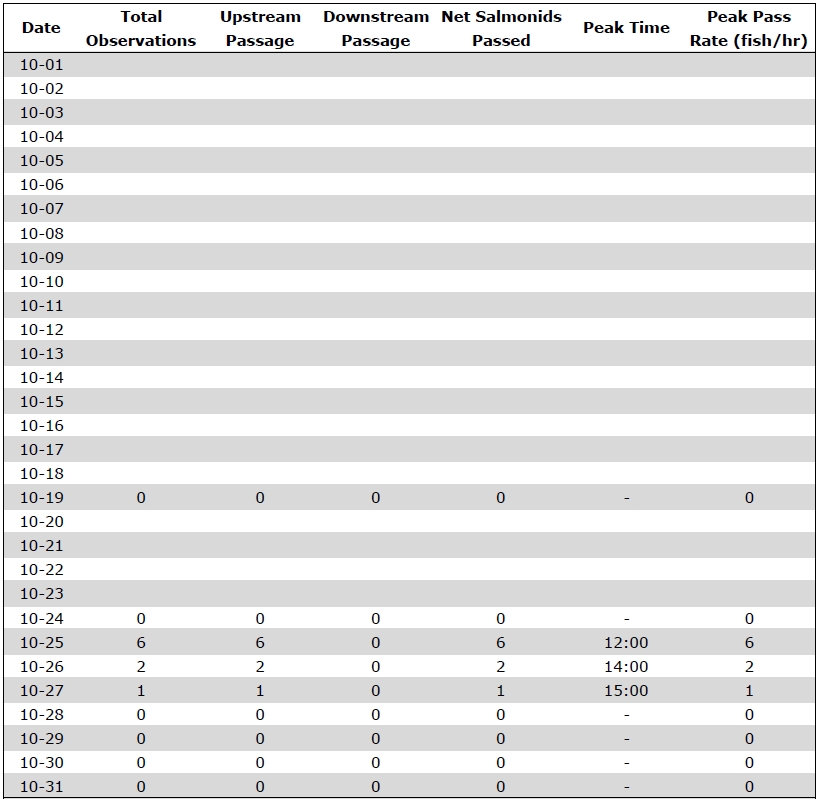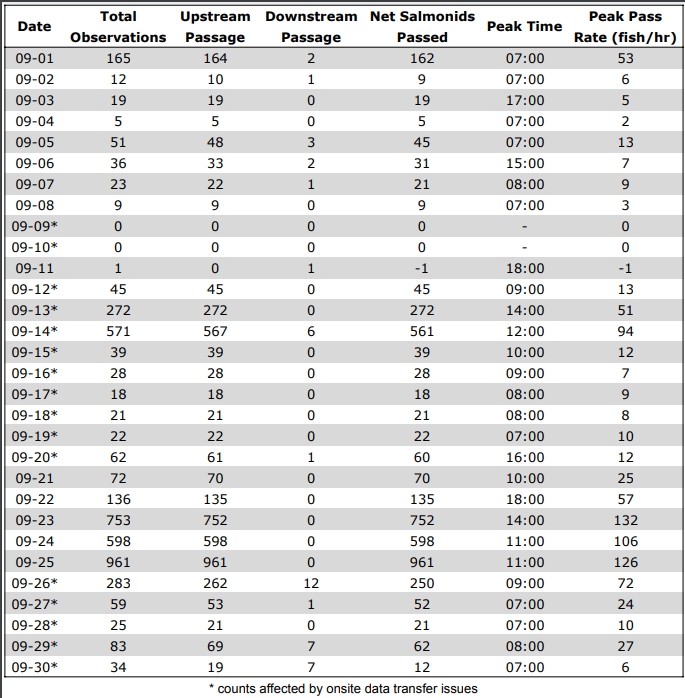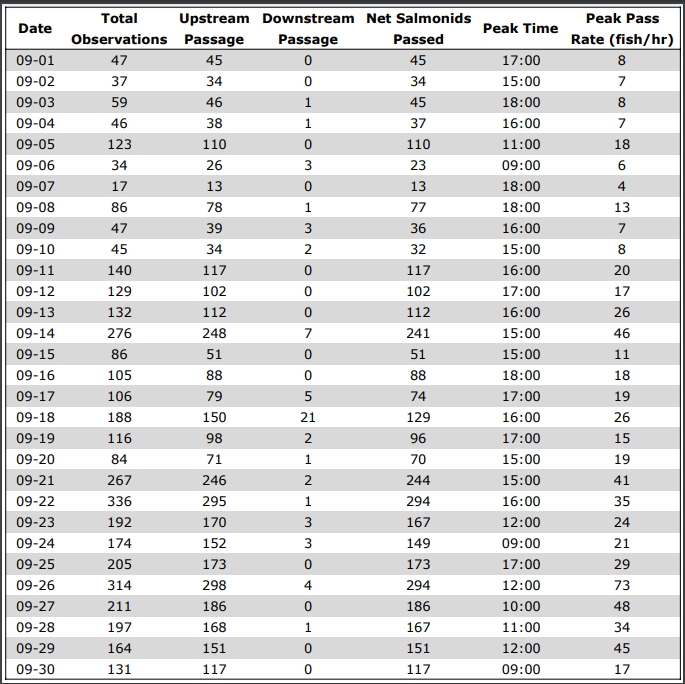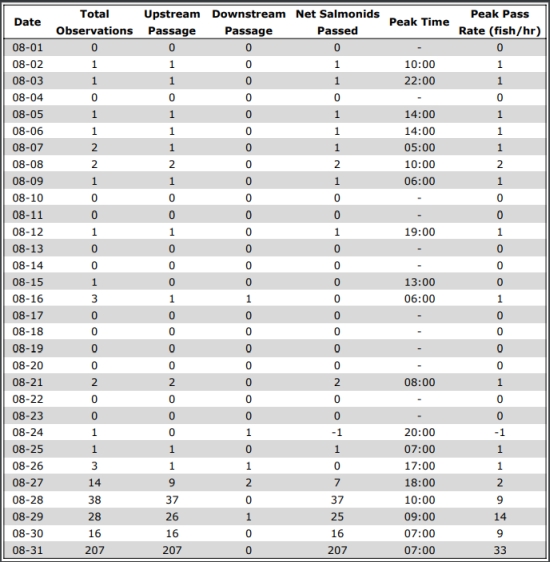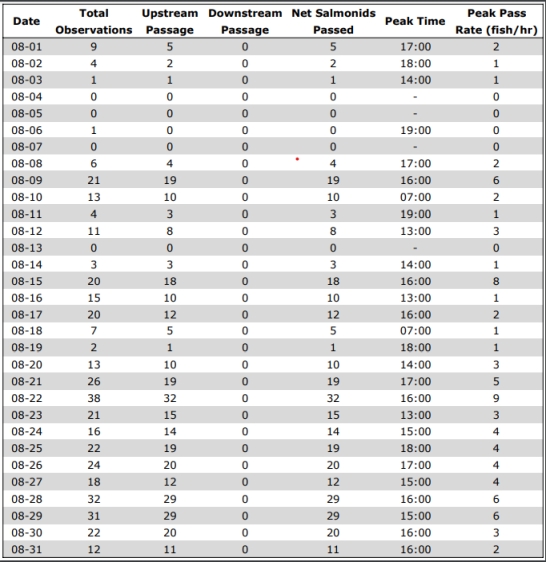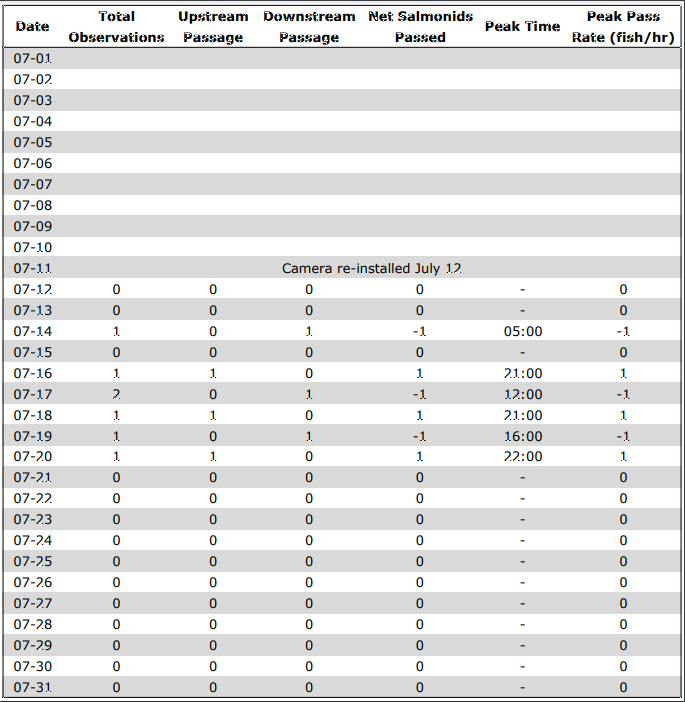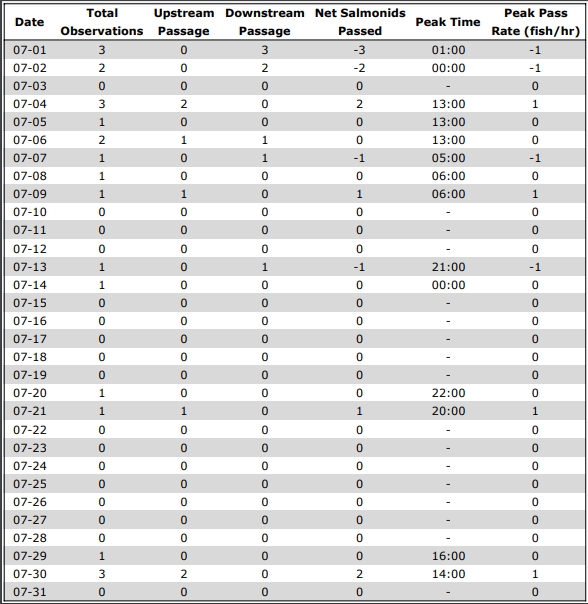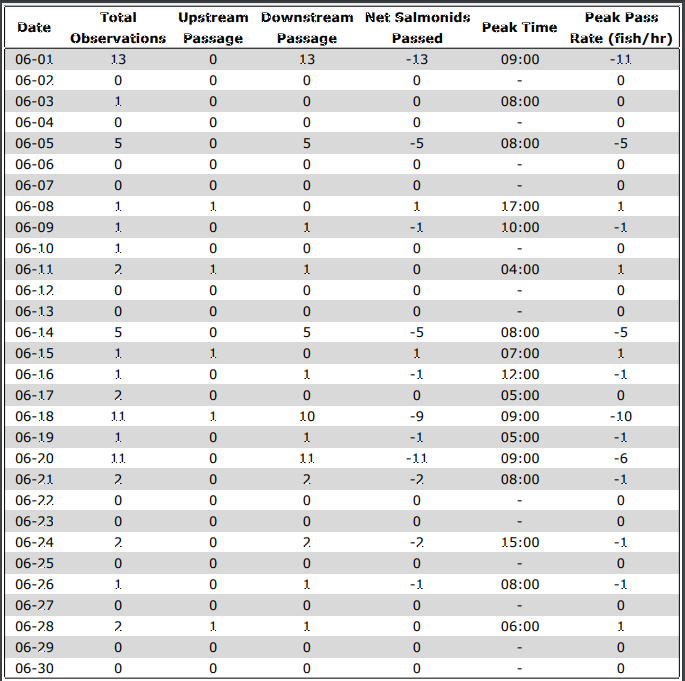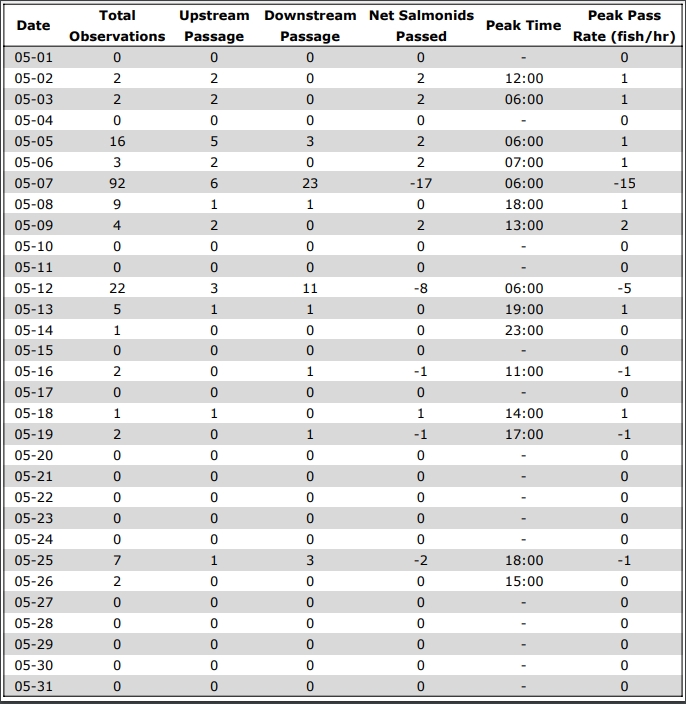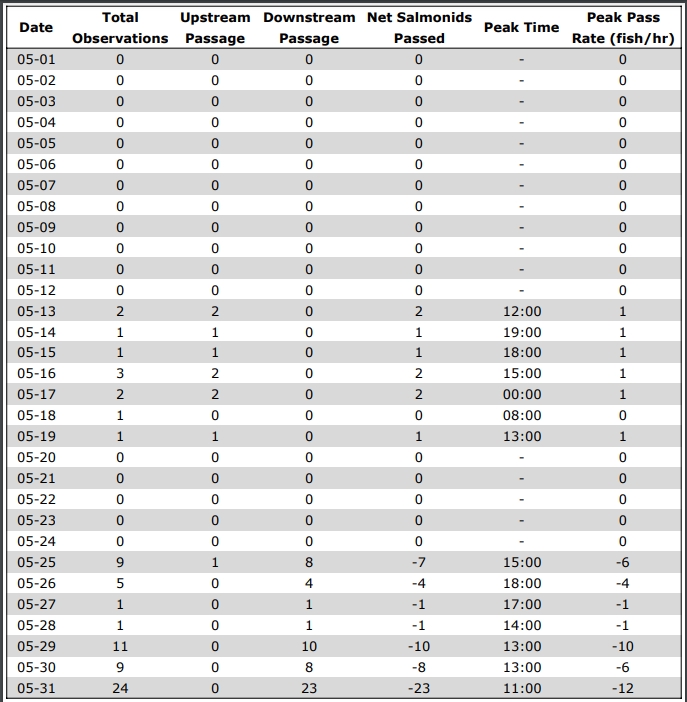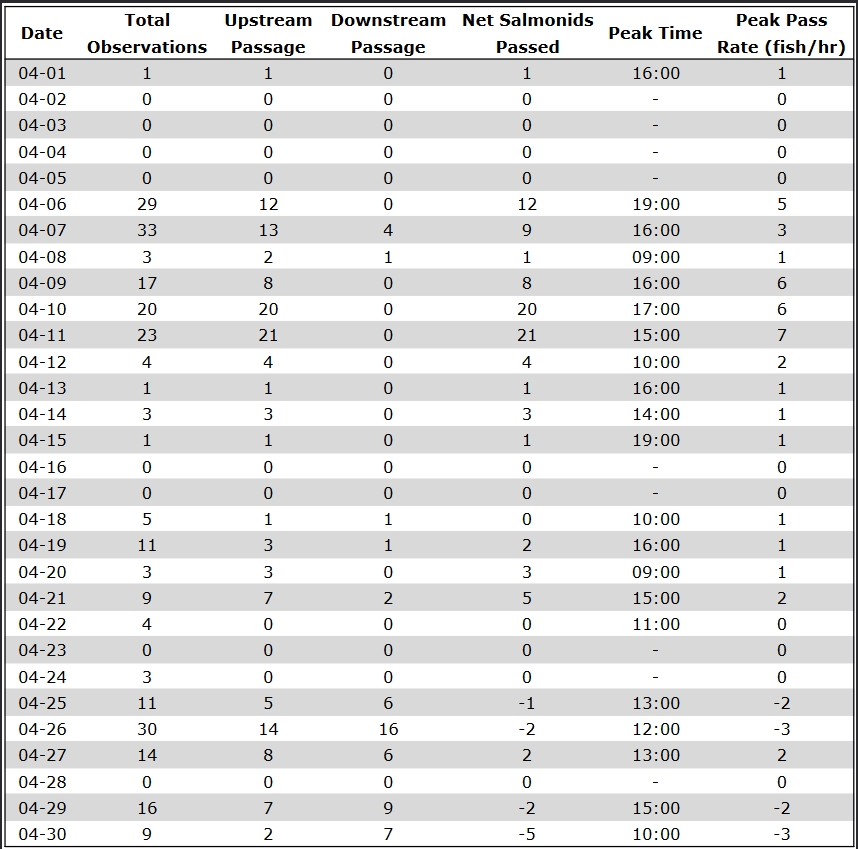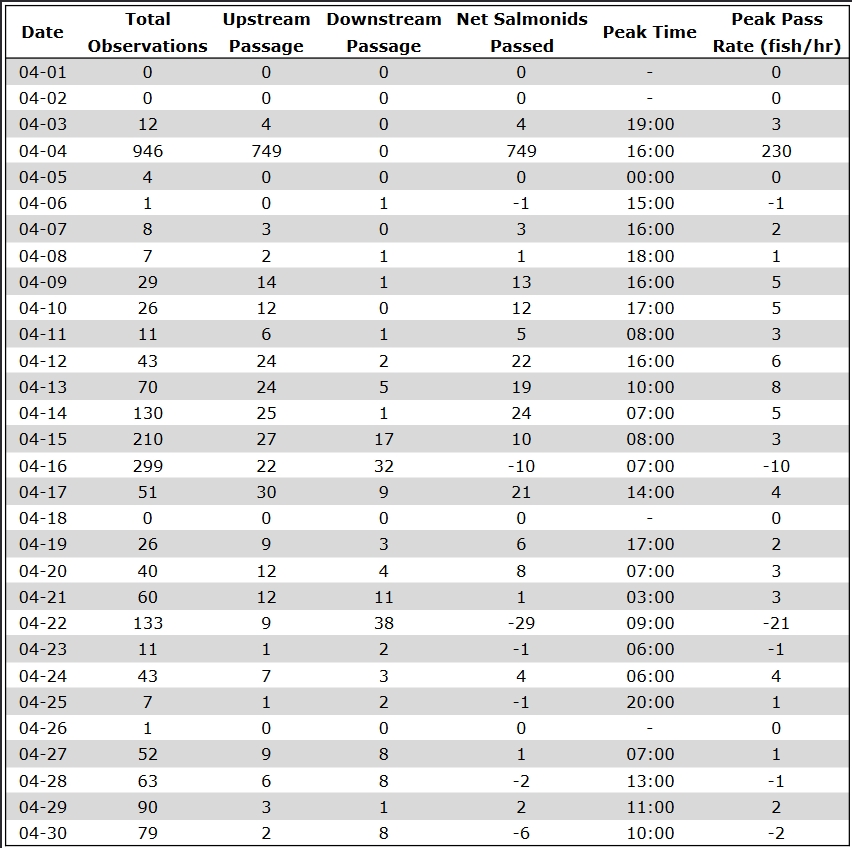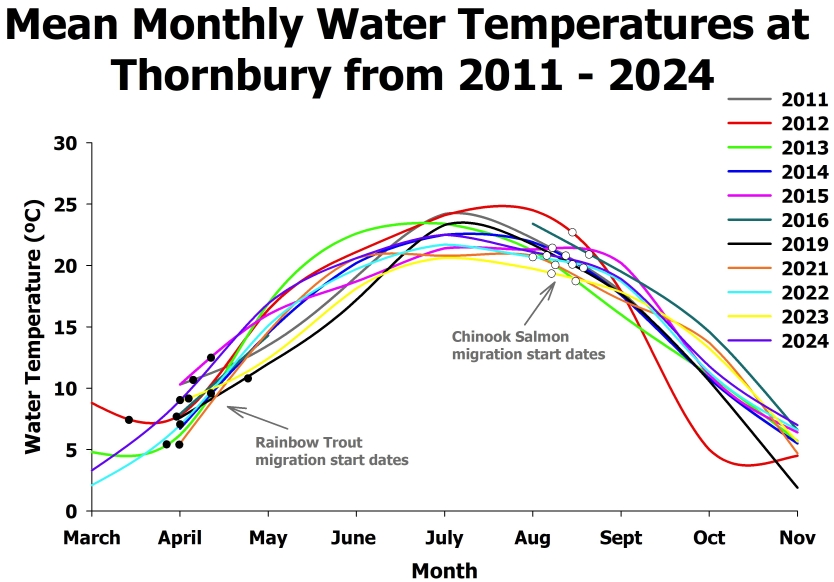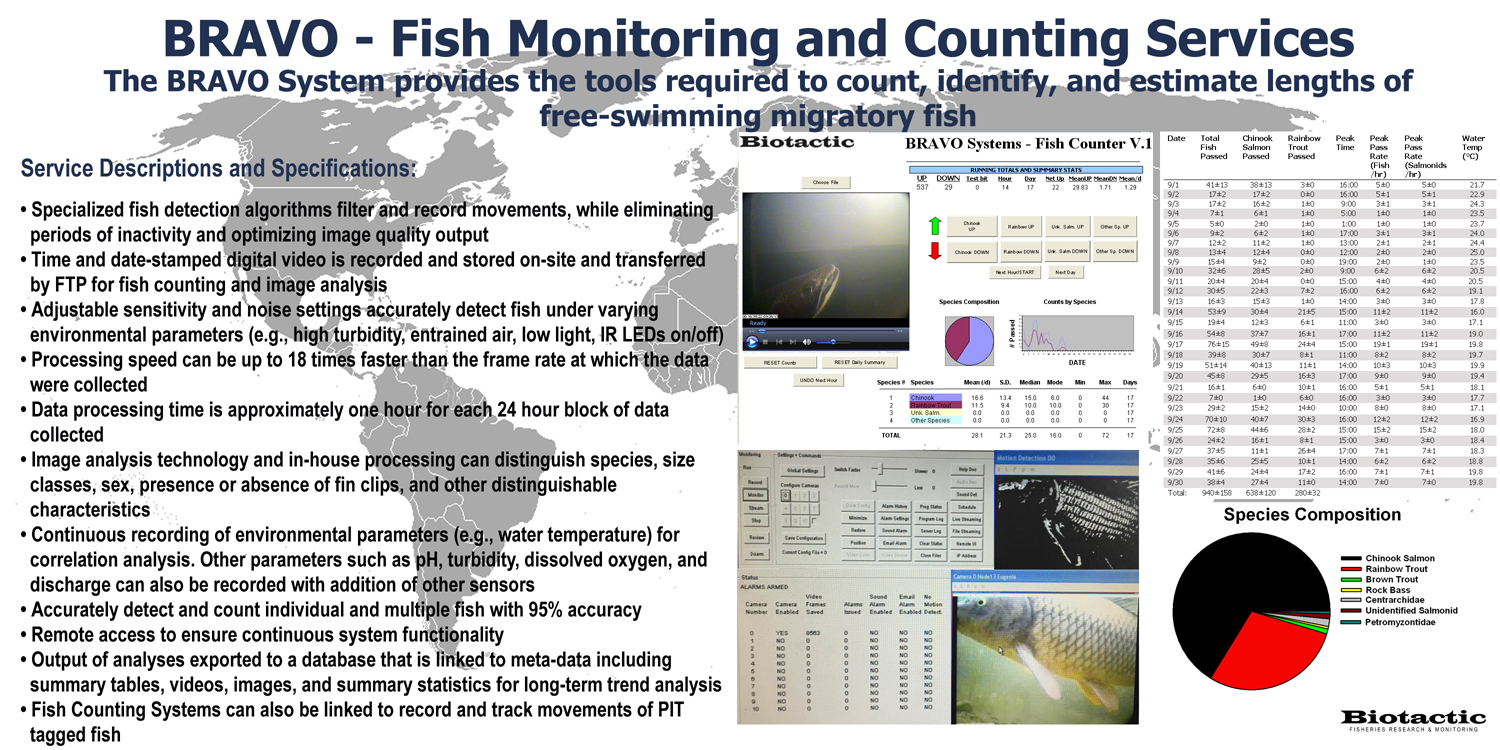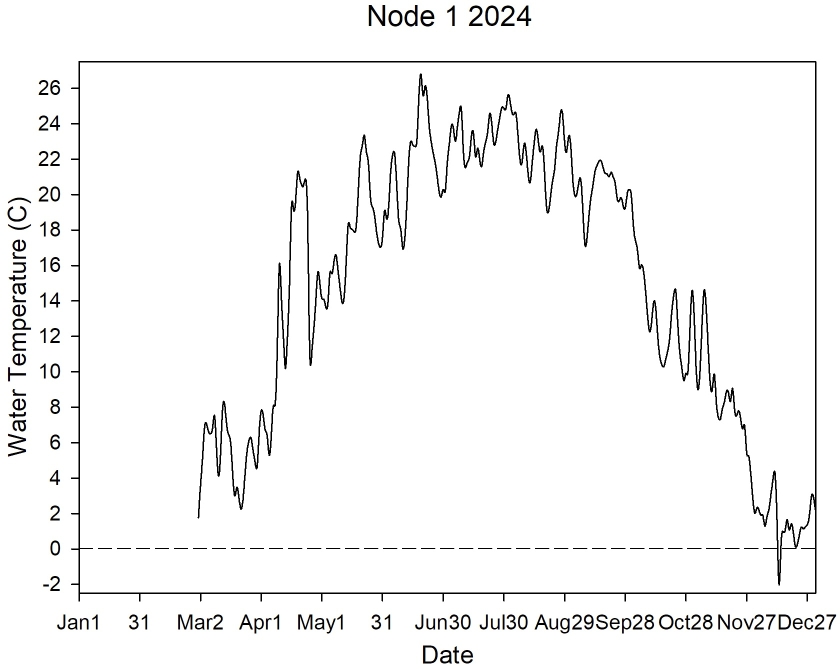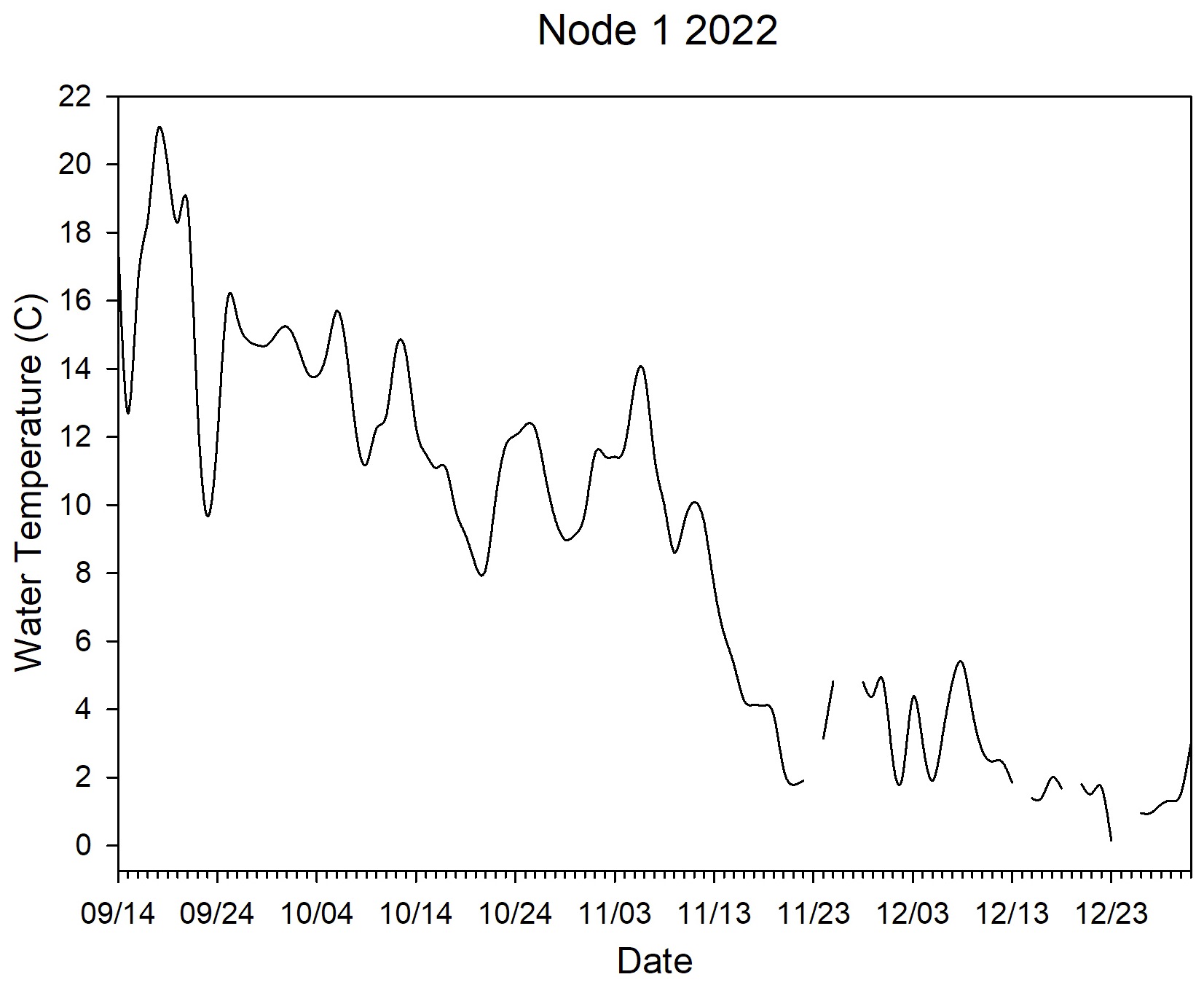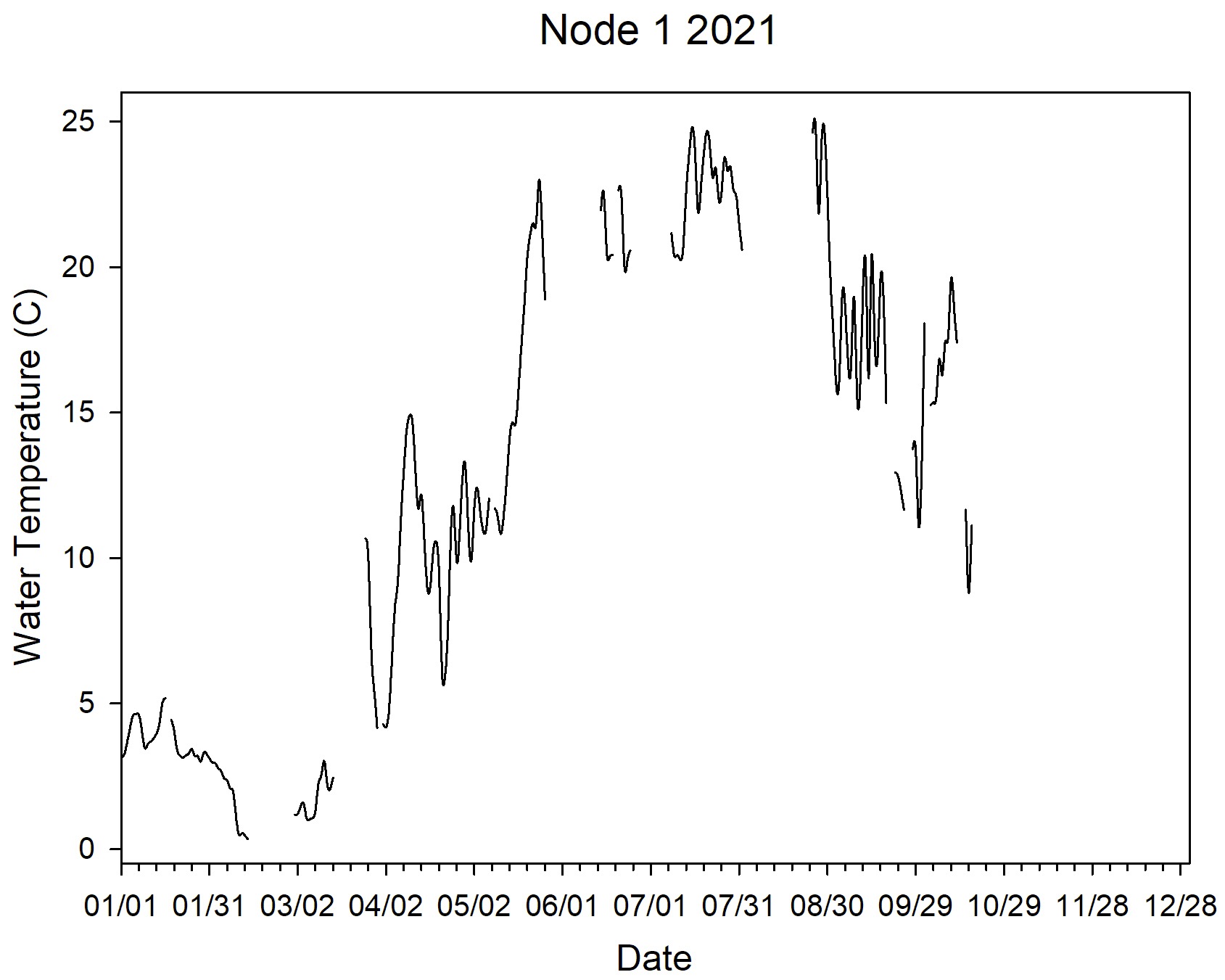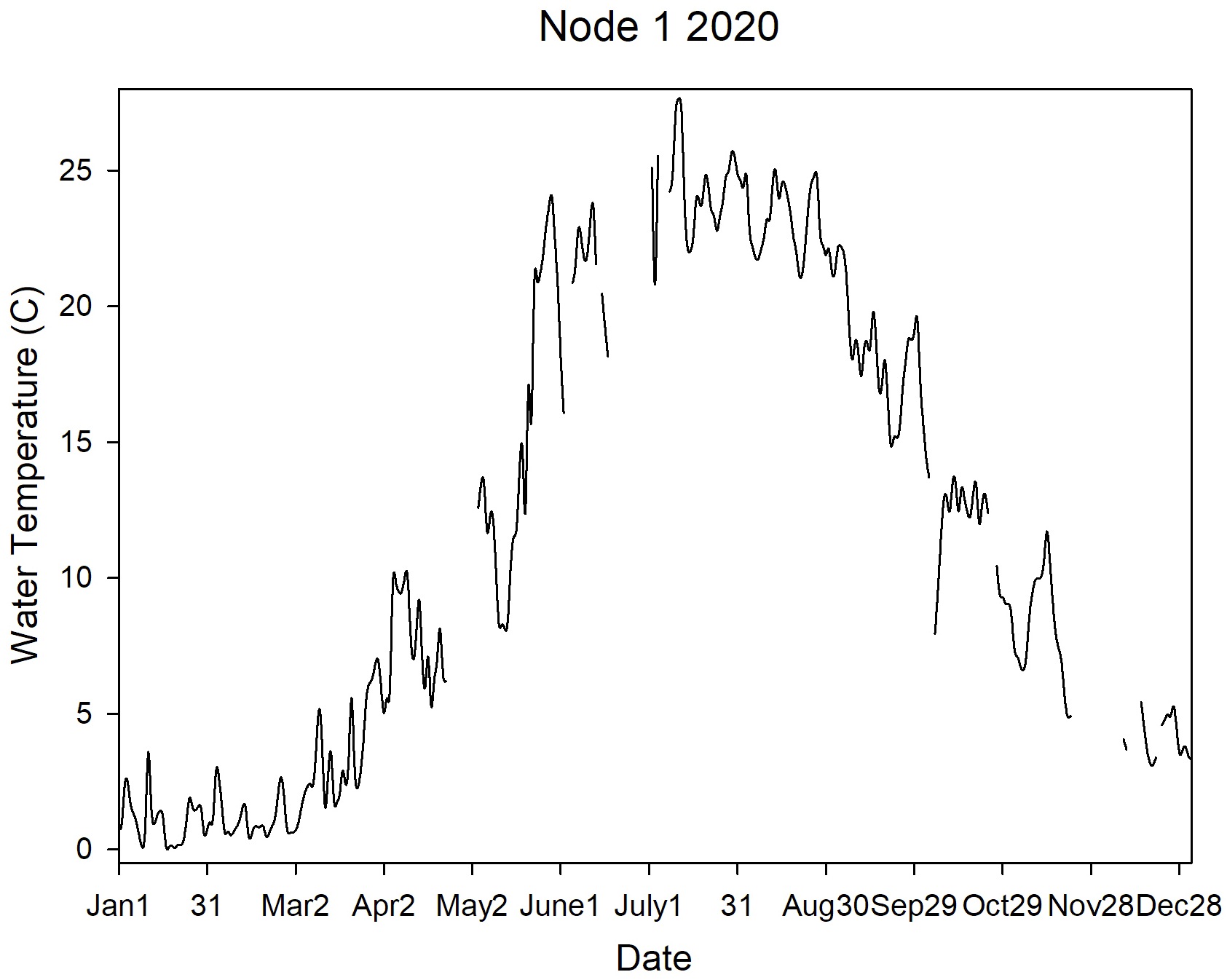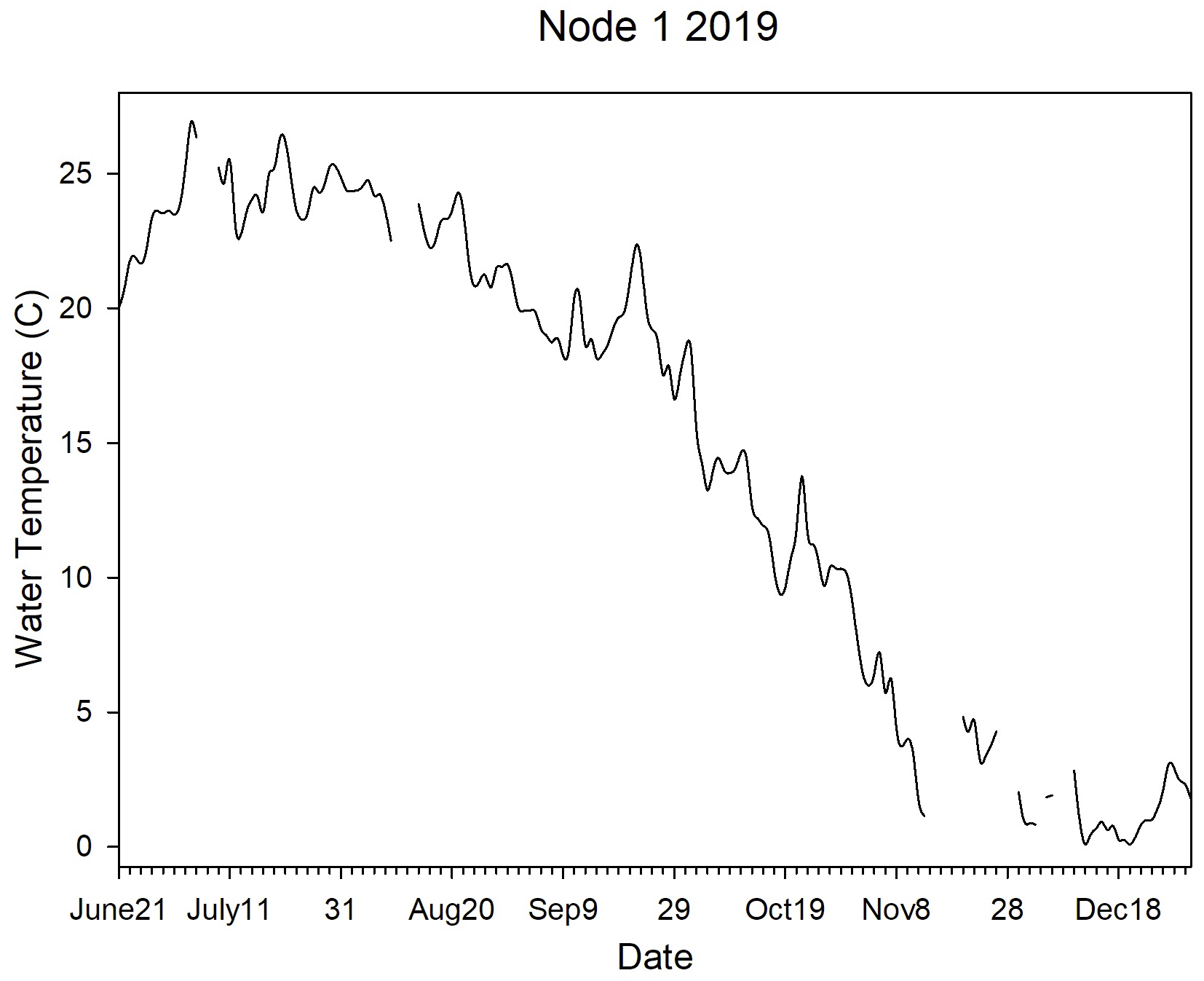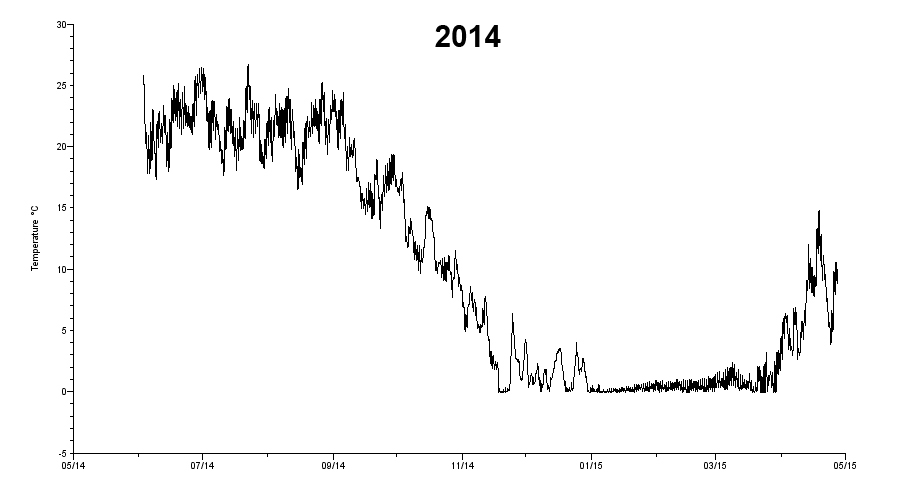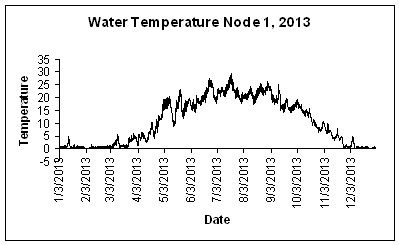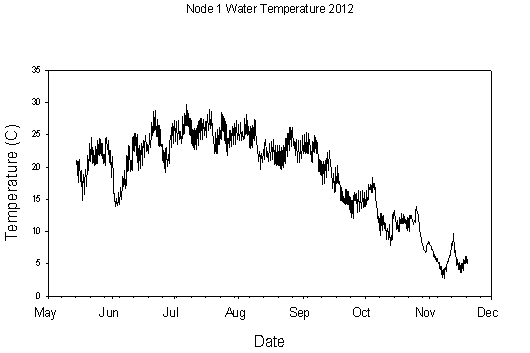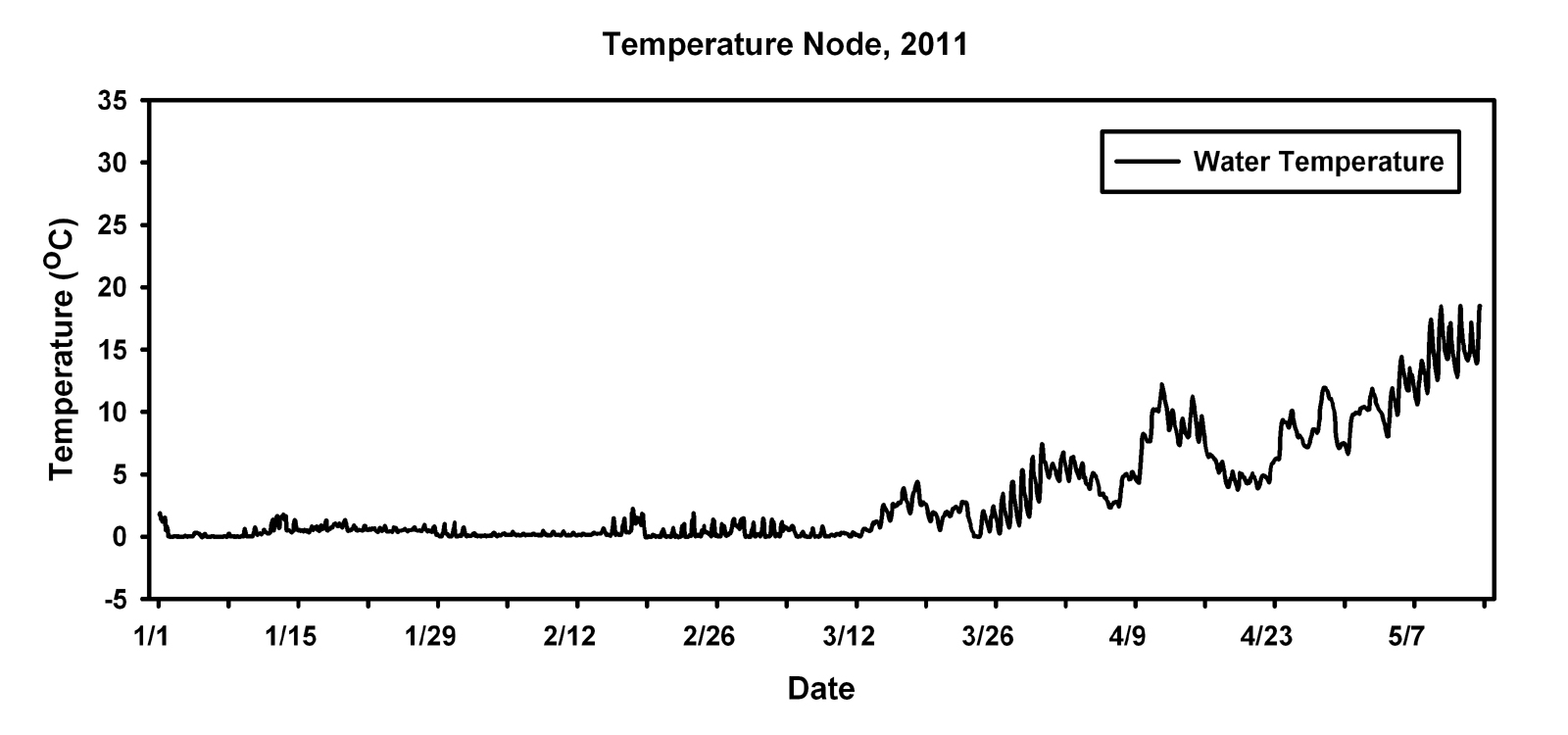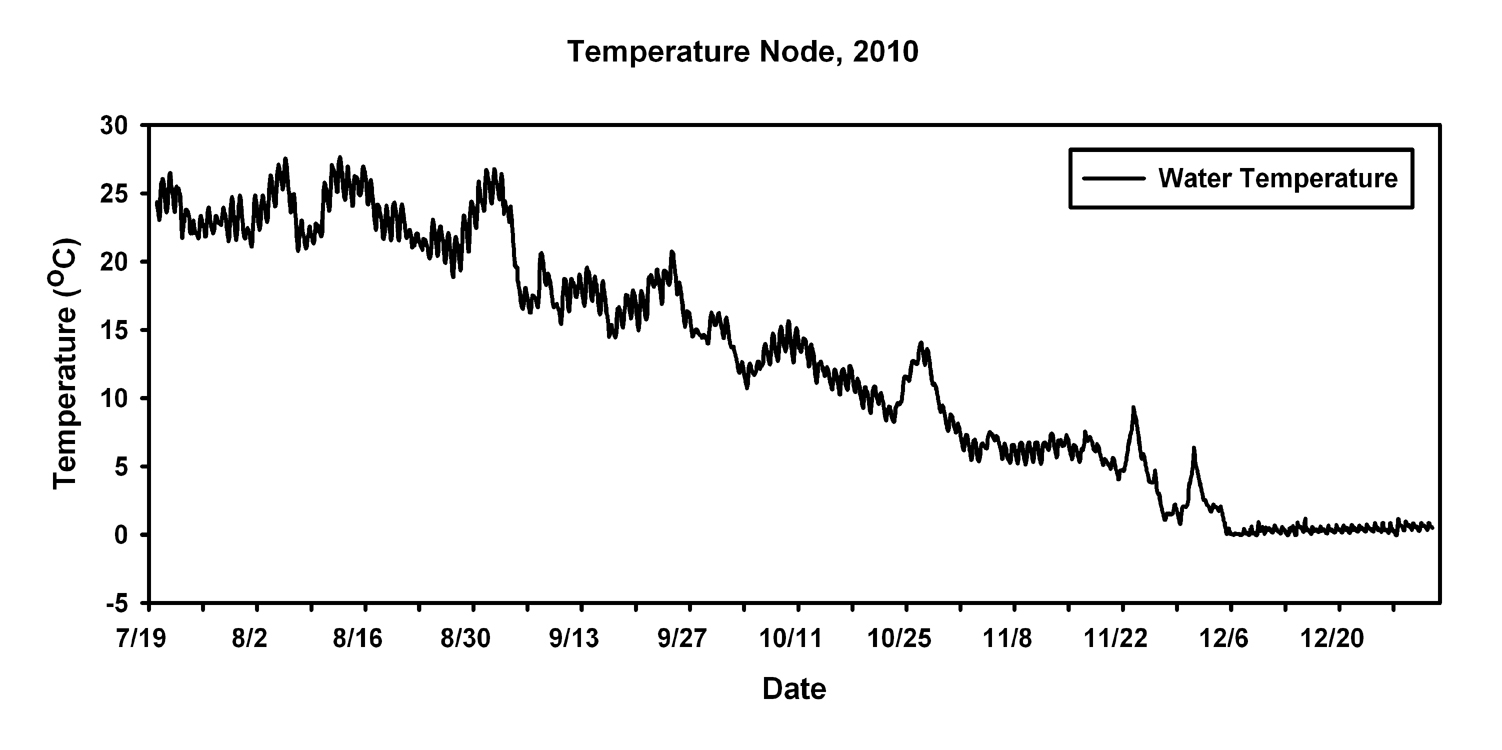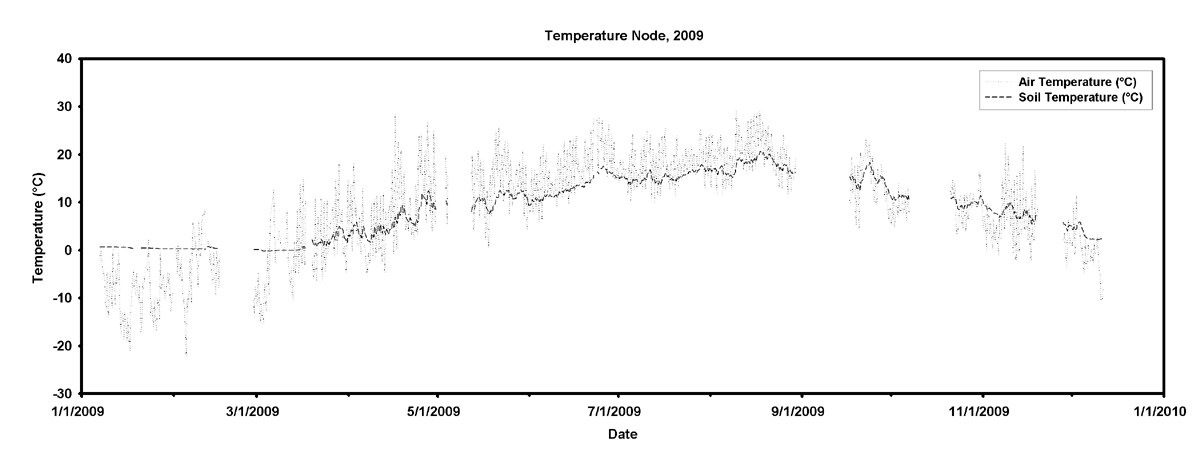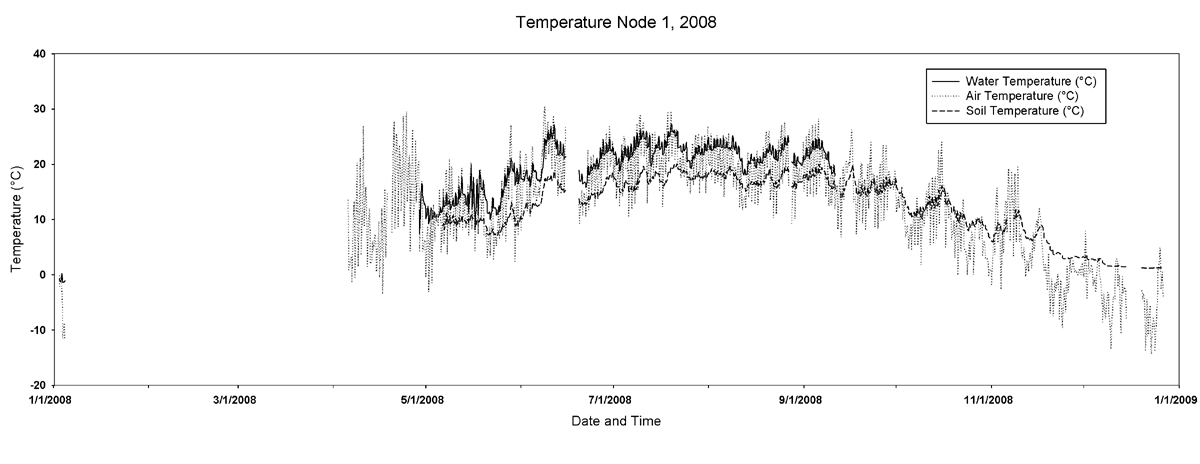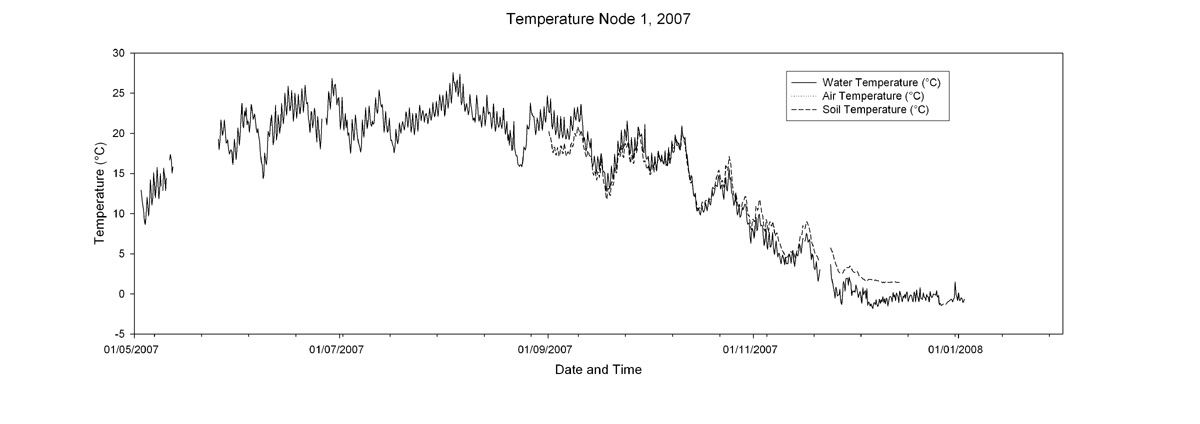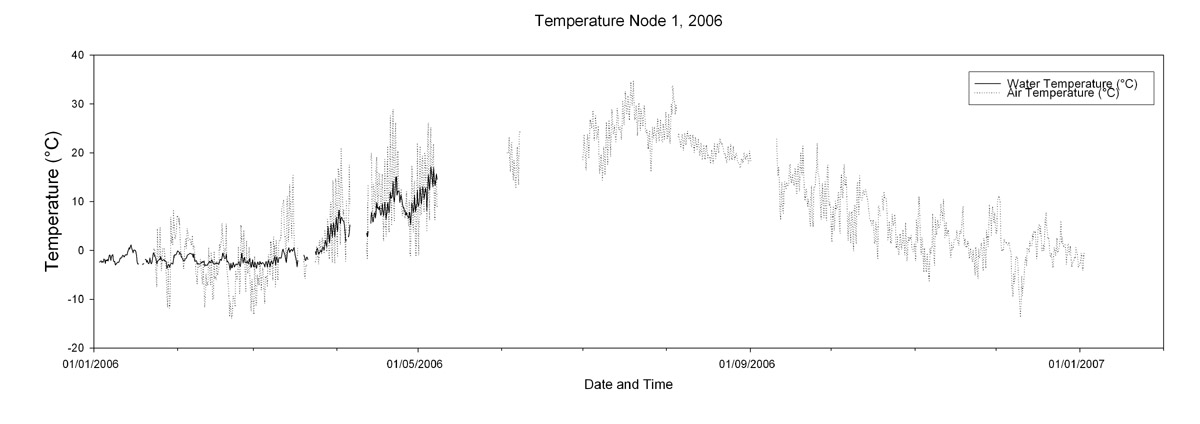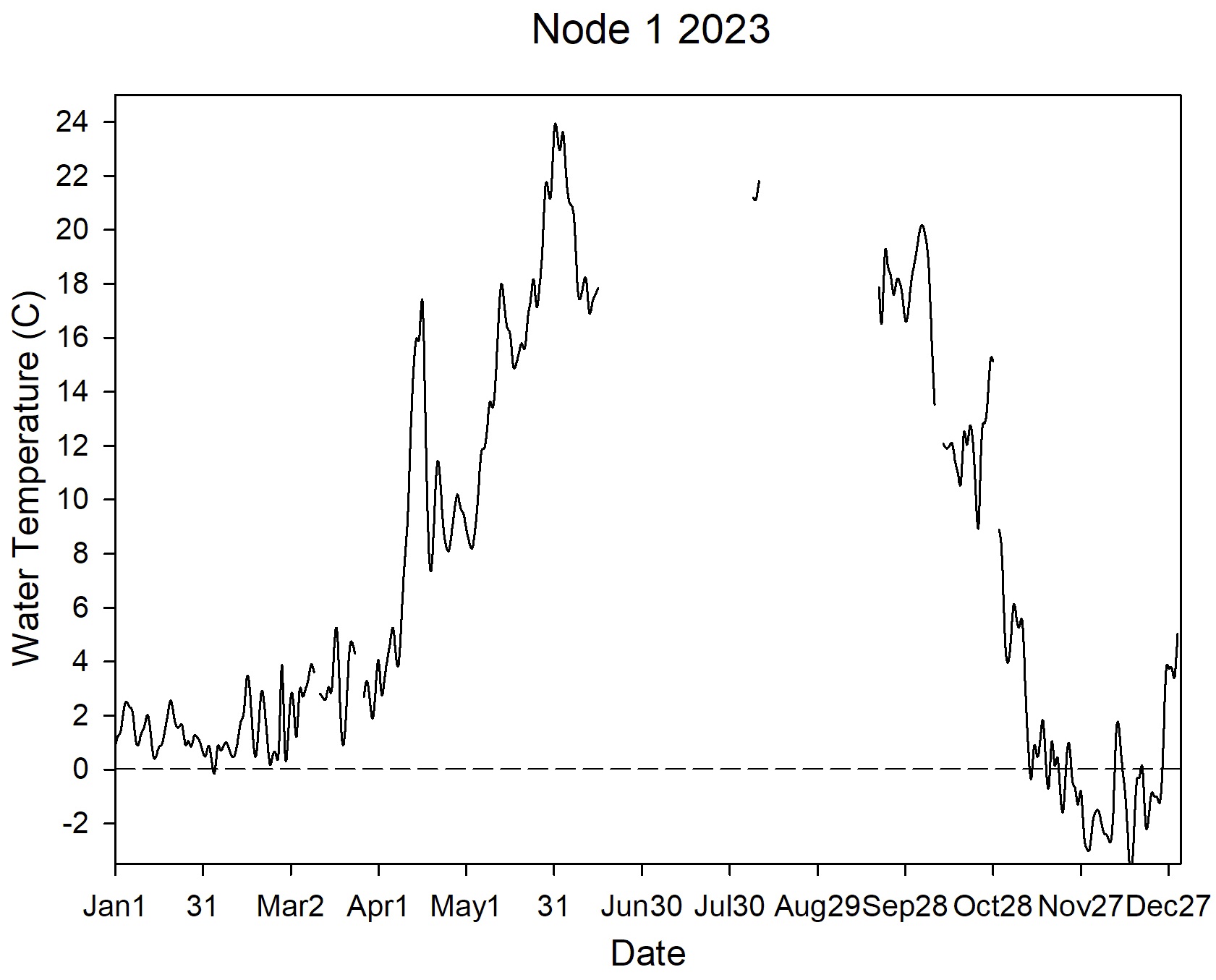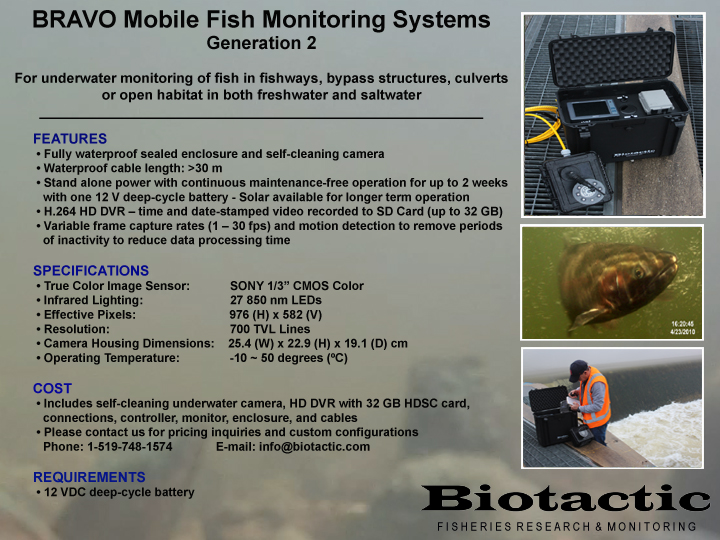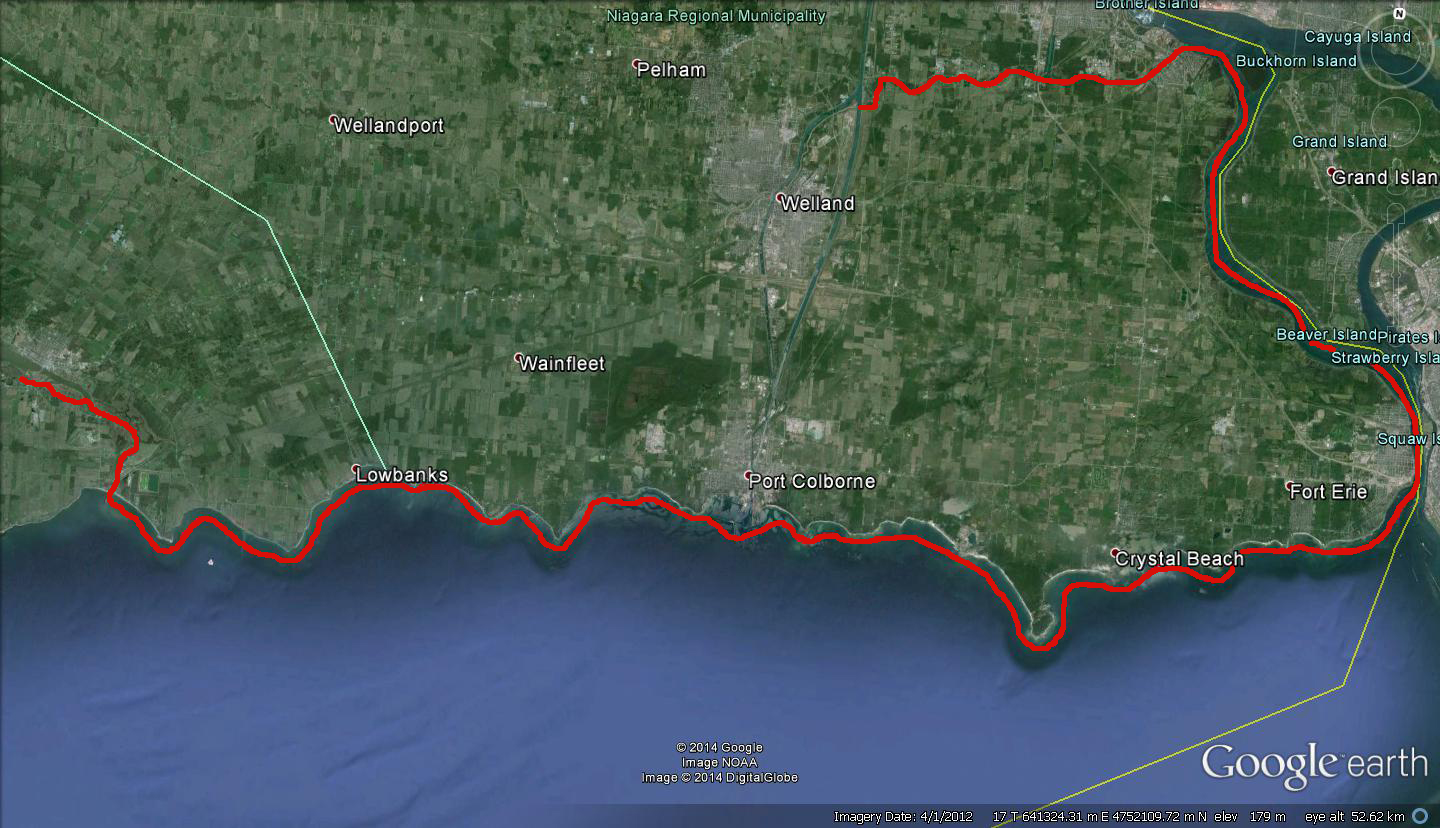Northern Pike Passage, Critical Habitat and Effects of Barriers on Movement in the Welland River West and Oswego Creek
Funded by the Niagara Peninsula Conservation Authority
Port Davidson Weir Project
Radio transmitters were surgically implanted in the body cavity of ten northern pike between 502 mm TL and 752 mm TL in March 2003 to assess fish passage at the Port Davidson Weir. Fish were released downstream from the fish bypass channel, and tracking began immediately using mobile multiplexed scanning receivers and GPS. In total there were 888 recorded positions of radiotagged northern pike over a 6 month period. Fish locations relative to the Port Davidson Weir allowed us to characterize specific discharge-dependent barriers to northern pike movement, and important spawning habitat. Movement patterns showed that northern pike were able to move upstream and downstream through the newly built bypass channel and weir constriction that was designed to improve river water quality. Passage rates at the Port Davidson Weir were 80 % for upstream migrating northern pike, and 50 % for downstream migrating northern pike. During the study period, there were 14 upstream movements through the Port Davidson Weir bypass channel from March 27 to April 24, with river discharge between 0.7 and 15.2 m3/s. Upstream movement peaked when river discharge was 4.2 – 6.4 m3/s. In addition, seven downstream movements occurred between March 27 and April 21 over a range of river discharge from 0.8 – 6.4 m3/s with peak movement at 4.2 m3/s.
Canborough Weir Project
Northern pike were collected upstream from the Port Davidson Weir on the Welland River in March 2003. Radio transmitters were surgically implanted in the body cavity of ten fish ranging in size between 472 mm and 590 mm TL. Fish were released upstream and downstream from the Canborough Weir on Oswego Creek to test bi-directional passage through the newly constructed fish bypass channel. Fish locations relative to the Canborough Weir revealed critical spawning habitat and the distribution of discharge-dependent barriers to fish movement within Oswego Creek. Movement patterns through the bypass channel indicated that northern pike were able to move upstream and downstream through a specific range of flows, rather than becoming stranded by low water levels upstream from the Canborough Weir. For northern pike that moved through the fish bypass channel, the initial upstream passage rate was 100 % (five out of five fish), and the overall downstream passage rate was 89 %. During the study period there were 10 upstream movements from March 30 to May 10 through the bypass channel and 11 downstream movements from March 30 to May 4. Upstream movements occurred over a range of discharge from 0.4 – 7.6 m3/s, and downstream movements occurred over a range of discharge from 0.2 – 3.7 m3/s. Most upstream and downstream movement occurred while discharge in Oswego Creek was 1.2 m3/s.
Find other studies related to pike movement at barriers in Ontario here.
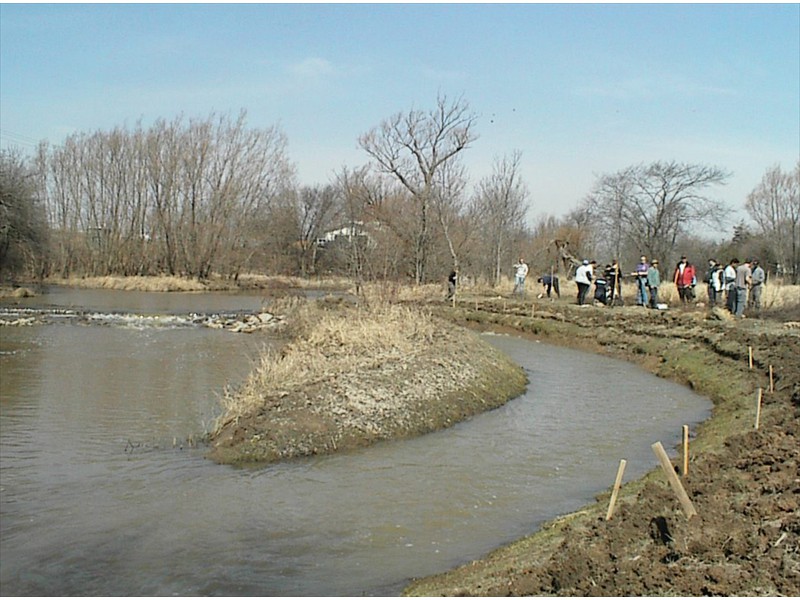
Canborough Weir Fish Bypass Channel
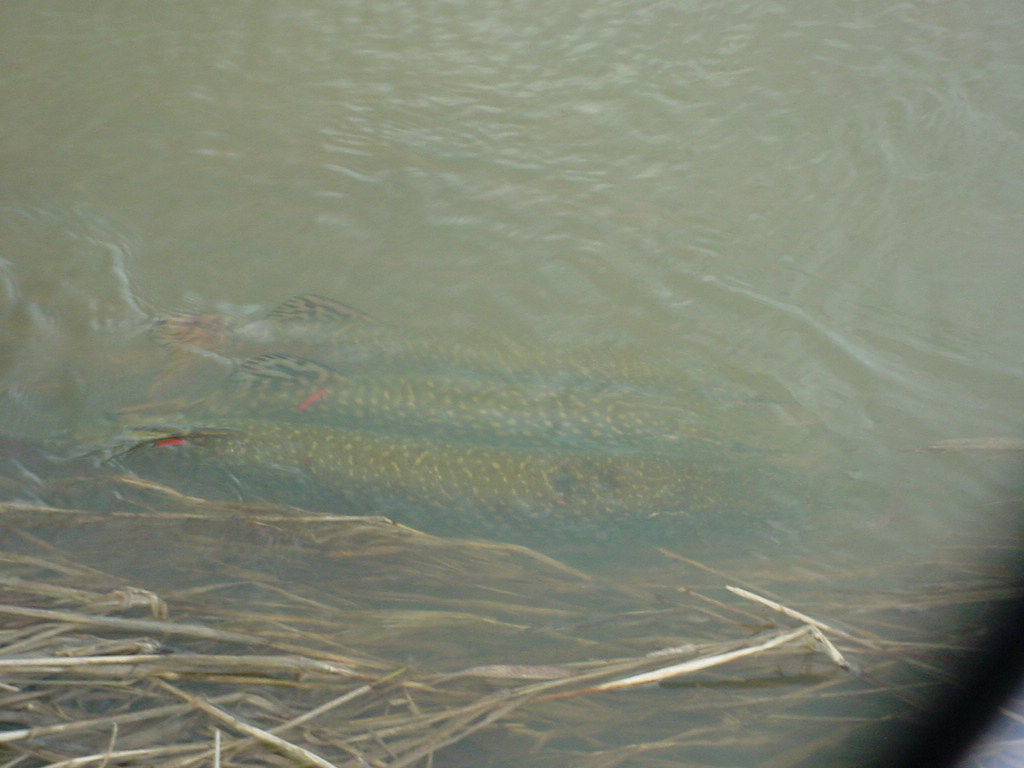
Three pike spawning together two days after surgery - male and female with internally implanted radio transmitters
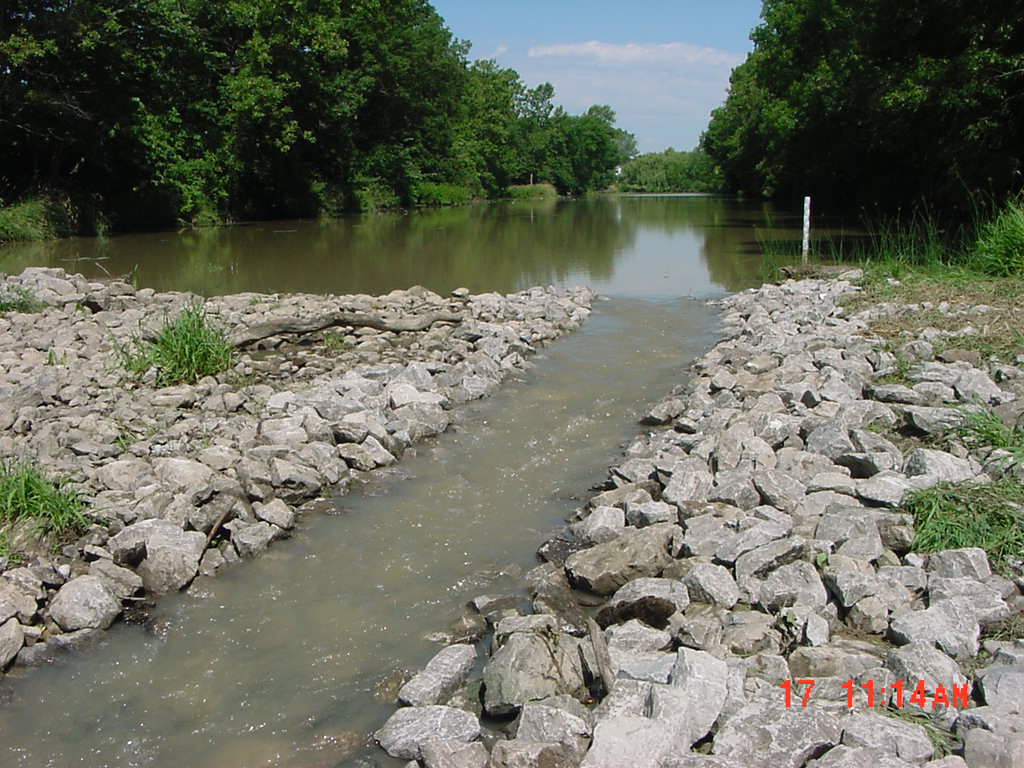
Port Davidson Weir Fish Bypass Channel



